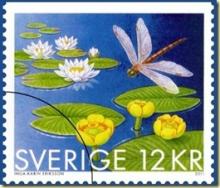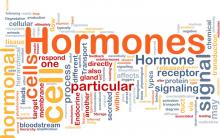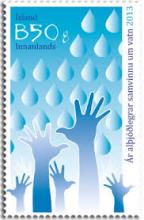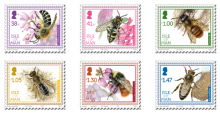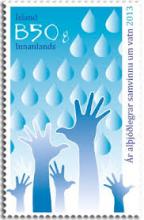Rampzalige verontreiniging van het Vlaamse oppervlaktewater met imidacloprid
Zowel in grote als kleine waterlopen in Vlaanderen worden regelmatig pesticiden aangetroffen. Het gaat om chemische bestrijdingsmiddelen die door landbouwers, particulieren, bedrijven of openbare besturen ingezet worden tegen onkruiden, insecten of plantenziekten. Door drift of afspoeling kunnen ze in het oppervlaktewater terechtkomen en daar de waterorganismen schaden. Reeds 20 jaar meet de Vlaamse Milieumaatschappij (VMM) de concentratie van pesticiden in oppervlaktewater - inmiddels zijn er circa 125 meetplaatsen - en meer recent ook in 25 rioolwaterzuiveringsinstallaties. In 2014 waren de gemiddelde concentraties van het insecticide imidacloprid, één van de gecontesteerde neonicotinoïden, en van de herbiciden diflufenican en flufenacet in respectievelijk 100, 68 en 41 procent van de meetplaatsen te hoog.

